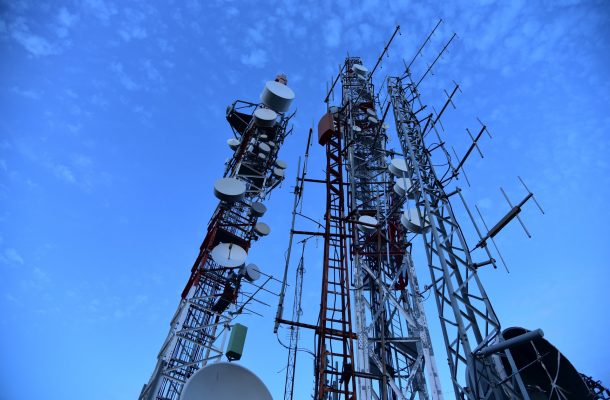Will 5G networks endanger public health?

The impending introduction of 5G (fifth generation) mobile networks will see a myriad of new services become available to the general public.
5G technology is being promoted as a means to deliver faster wireless speeds for mobile users and spur new innovation for internet-connected devices. The “Internet of Things” will not only power innovations such as driverless vehicles, but provide the backbone for new health facilities, business concepts and any number of other ventures.
The technology behind the new networks has received less attention than its performance. 5G works in the 3.6 GHZ spectrum, a higher frequency than previous 4G, 3G and 2G network. Because of this high frequency it requires more antennas and more saturated coverage to work.
The mobile systems transmitting 4G LTE, 3G and 2G networks are currently situated on telecommunications towers and building rooftops. The height of these antennas can vary but most are well away from the general public.
In stark contrast, 5G will achieve its saturation coverage by having transmitters on light posts, roof tops, and low rise facilities every few meters. These dishes will be a lot closer to the general public than present systems.
Previous testing of mobile RF transmissions used by the 4G, 3G and 2G networks have indicated possible links between the use of mobile phones and cancer and other ailments.
The introduction of 5G adds another layer to the RF transmission spectrum and increases the need for additional testing to ensure public safety.
It has been suggested many of the tests conducted in the past have been conducted by the same multinational companies with a vested interest in positive results, and scepticism will persist unless for rigorous and independent tests are undertaken.
5G is not just an incremental change in technology, but creates a completely different scenario. Previous testing cannot give 5G a clean bill of health, given the high frequency, saturation coverage required to deliver the high speeds required for driverless vehicles and other potential uses.
There is even scientific evidence this could not only affect humans but also animal and birds, and even insects and plants.
Some European countries have put their 5G roll outs on hold due to health concerns while concern in the USA is also growing.
Rather than rushing to implement metropolitan 5G networks, or focusing only on the technological, consumer and business opportunities they may provide, Australian policy makers must remember their first duty to protect the public and ensure the new system is safe to use.
Thomas Siddle is a telecommunications rigger and technician with over 22 years experience in the telecom industry both in Australia and overseas.











